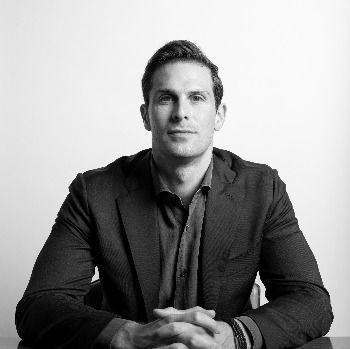The lack of affordable housing is a crisis across America that has only been exacerbated by the COVID-19 pandemic. In so many communities, it feels that for every step forward we take in addressing the challenge, we take another step back. According to estimates from the Joint Center for Housing Studies of Harvard University, at least 2.2 million privately owned and federally assisted housing units are at risk of losing affordability restrictions between 2015 and 2025. In San Francisco alone, for every 10 new units of affordable housing that are built, eight are lost.
That dynamic is typical in American cities that have experienced sharp rises in property values, limited housing stock, and a steep decline in the number of affordable units. As the crisis continues to worsen, it is clear that preserving existing affordable units is key to maintaining a supply of affordable housing.
When the Low-Income Housing Tax Credit was originally enacted by Congress in 1986, its intended purpose was twofold: to encourage new construction of affordable housing and to support the preservation of existing affordable units. But as the result of outdated federal regulations requiring developers of affordable housing to finance at least 50% of their projects with “private activity bonds” (PABs), the preservation of affordable units in many markets has been artificially constrained.
Preservation is much more cost-effective than new construction and builds on existing investments in affordable housing, maximizing public returns on investment in housing-subsidy programs. When you look across the country, a new affordable unit will cost about $250,000 to build, on average, while preserving a similarly sized existing unit typically costs half as much. In high-cost states like California, the average cost of a new unit is closer to $500,000 and can even exceed $1M. This means that in some parts of the country (with the same amount of capital investment) developers can provide twice as many affordable units through preservation and renovation than they can through building new affordable-housing complexes. Although the Bay Area has the largest discrepancy between the cost of new building and the cost of preserving existing units, the problem is endemic in dense East Coast communities like Central Florida as well.
Rehabilitation, when done right, can deliver the same high-quality housing to residents as new construction and typically costs 33% to 50% less, largely because of the rising prices of urban land, construction labor, and materials. The rehabilitation process is also much less disruptive to residents of affordable properties—who can often remain in place during renovations—as well as neighbors and community members, compared to constructing a new affordable-housing property. Additionally, new affordable units often come alongside a politicized and lengthy zoning process, further delaying much needed housing.
With a $2T federal infrastructure plan in the works, now is the perfect time for Congress to revisit outdated regulations and provide private capital with the incentives they need to invest in the preservation and rehabilitation of existing affordable-housing units. Leaders who care about housing need to elevate preservation in our national conversation, especially as we begin to look ahead to recovering from the pandemic and the associated economic downturn.
We have an opportunity to make great progress in ensuring that every American has access to quality housing that they can afford. Yet, our success will be contingent on preserving the millions of affordable units now in danger of disappearing.
Eli Bronfman is a managing partner at Lincoln Avenue Capital, one of the nation’s fastest-growing developers, investors, and operators of affordable housing.













































